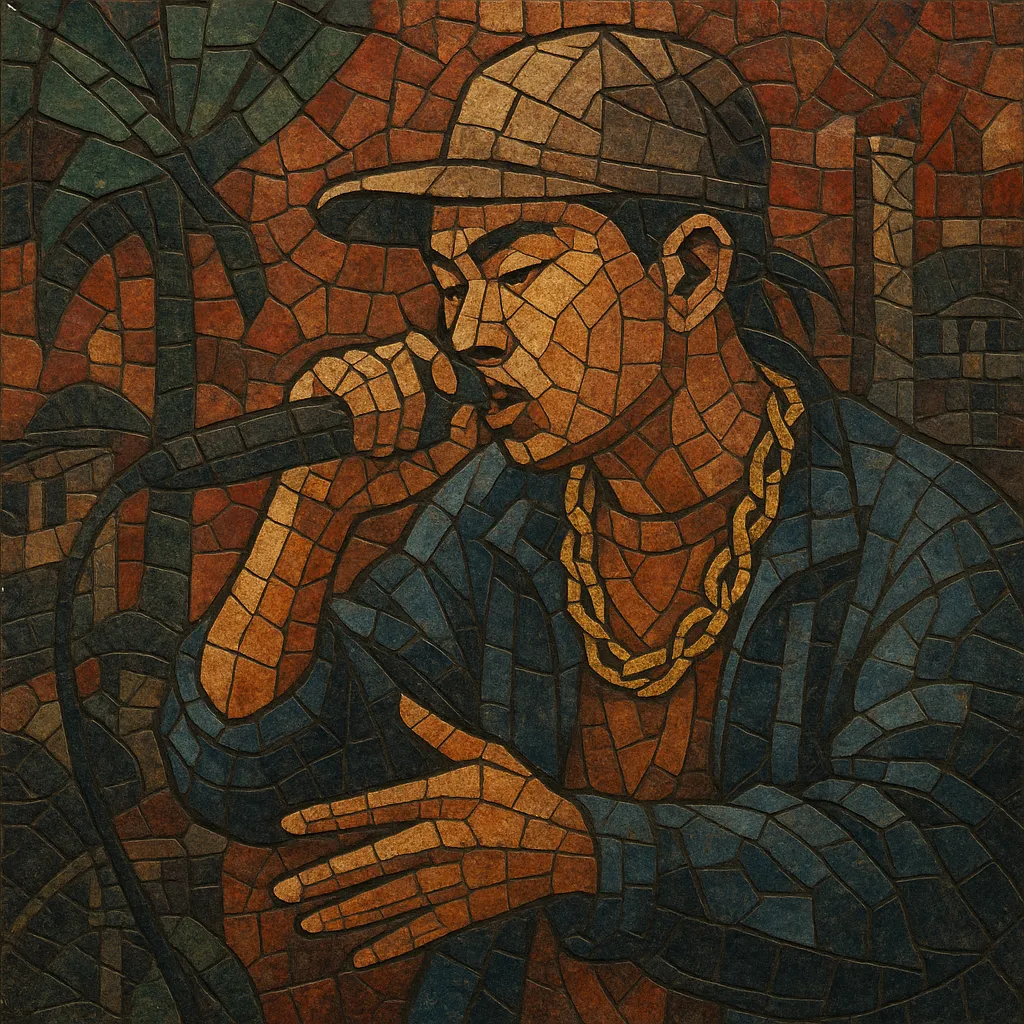Vietnamese hip hop (Rap Việt) blends global hip hop aesthetics with Vietnamese language, prosody, and musical heritage. It spans gritty boom‑bap and trap to pop‑rap hybrids that sit comfortably alongside mainstream V‑pop.
Producers often fuse 808 drums, chopped samples, and synths with timbres from local instruments and folk theatrical forms (for example đàn tranh, sáo trúc, or fragments reminiscent of cải lương). Rappers switch between Northern, Central, and Southern dialects, using tone‑aware wordplay, regional slang, and storytelling that reflects urban life, class mobility, romance, and social commentary.
Hip hop culture reached Vietnam via diaspora communities (notably in the United States and France) and through imported music television, CDs, and the internet. By the early 2000s, a local underground began to form around home studios and web forums, experimenting with boom‑bap beats and Vietnamese‑language bars. Early names such as LK (Lil' Knight), Đinh Tiến Đạt, and community crews laid the foundation for a distinctly Vietnamese cadence and subject matter.
During the 2010s, improved home production, social media, and YouTube accelerated the scene. Crews and labels, most visibly SpaceSpeakers (with producers like Touliver and artists such as Binz and Rhymastic), professionalized songwriting and sound design, bridging underground credibility and pop appeal. Artists like Suboi, Wowy, Karik, Đen Vâu, and Đạt Maniac diversified styles—from introspective, narrative rap to harder trap and club‑leaning tracks—while collaborations with V‑pop singers brought rap into mainstream radio and charts.
Competition shows (e.g., Rap Việt and King of Rap in 2020) rapidly expanded the audience and introduced new voices (RPT MCK, tlinh, and others) to prime time. High‑budget videos, festival stages, and brand partnerships followed, cementing Vietnamese hip hop as a pillar of contemporary popular music while retaining vibrant regional accents and dialectal flows.
The genre’s identity is defined by tone‑aware rhyme schemes, regional slang, and hybrid production that juxtaposes 808s, trap hi‑hats, and sample chops with local timbres. Lyrical topics span everyday struggles, urban aspiration, love, and social issues, often delivered with conversational intimacy and sharply rhythmic phrasing that respects Vietnamese tonal contours.


